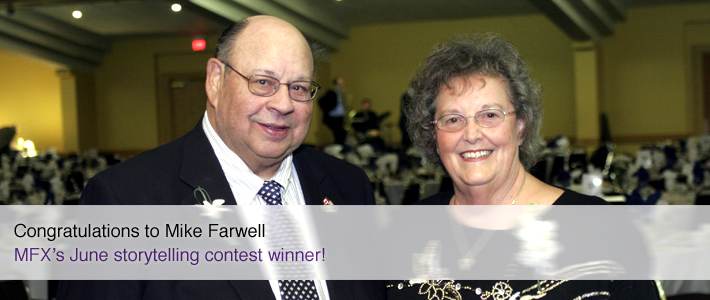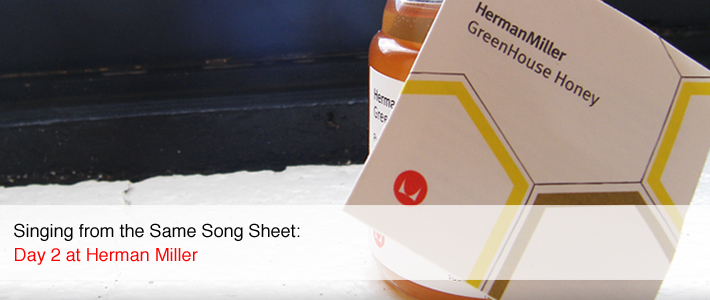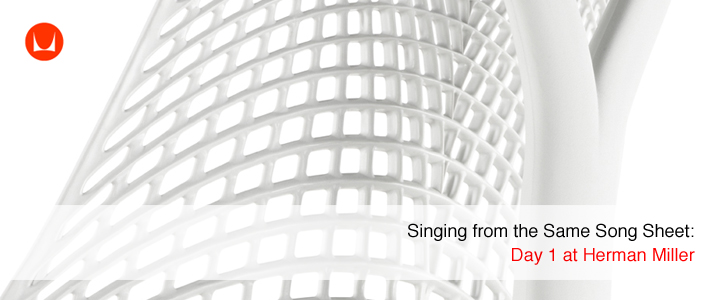
Congratulations to Mike Farwell who submitted the winning story:
The question I’m most often asked about my hometown is ‘What’s in the water in Waterloo Region?’ This frequently posed query is an outsider’s way of trying to figure out what makes us tick, what makes Waterloo Region’s economy weather turbulent times better than most, what makes innovative institutions seek residency here; in short, what makes us so darn special? Fortunately, I’ve been able to arrive at an answer. It’s the people IN that water that make us so special.
There’s just something about the folks in this community. I can’t imagine a place where you’d so readily find a helping hand, an attentive ear, or a sturdy shoulder…all at the other end of a quick phone call or – around here – more likely an e-mail sent on your BlackBerry Bold. Yup, it’s the people that make us special, all right.
Nowhere was this more evident to me than on the night of April 4th, 2009. That was the night of the 22nd annual Mayors’ Dinner, a yearly event in support of The Working Centre. Established in 1982, The Working Centre was created as a response to unemployment and poverty in downtown Kitchener. Its founders, Joe and Stephanie Mancini, are as much a part of the fabric of this community as King Street itself. Each year, the Mayors’ Dinner recognizes a person or persons who have made a meaningful contribution to our community. It’s also an integral fundraiser that enables The Working Centre to continue its important work.
The guests of honour at the Mayors’ Dinner three years ago were John and Donna Weber. Their contributions to amateur sports and their generally selfless nature made them easy selections as honourees. But in keeping with the spirit of this story, what made this night memorable for me was not so much what John and Donna had done but rather how those in the room rallied around the Weber’s generosity.
To understand this story is to understand a little bit about Donna Weber. To put it mildly, if you were ever fed by Donna, you’d remember the meal or the baked treat for the rest of your life. As a couple, John and Donna would open their home as billets to Kitchener Rangers hockey players. Before long, the Weber household would become the gathering spot for the players because there was always an ample supply of delicious food.
No challenge was too great for Donna, who would prepare food for major sporting events our community was able to attract. Those events included the World Women’s Hockey Championships and the World Fastball Championships. Her decision to stray from “traditional ballpark food” at this latter event led to the sale of 6000 slices of pie and food revenues that out-paced even the sales at the beer tent. Donna sure did leave a mark in the kitchen.
So I guess it comes as little surprise what happened at that Mayors’ Dinner in 2009. The fundraising portion of the evening included the usual silent auction items along with a handful that were auctioned live. One of those live auction items was a dinner for two, lovingly prepared by Donna herself and served up in the Weber home. While admittedly impressed with some of the dollar figures that had been bid already that evening, nothing could have prepared me for what turned out to be the ultimate prize.
Before I could bat an eye, the bidding for Donna’s dinner for two reached $1000. With two tables aggressively bidding back and forth, the dollar amounts increased rapidly. It wasn’t long before a winning bid of $1500 was announced. Donna’s culinary reputation was that good. The simple offer of a homemade meal for two was enough to generate $1500 for The Working Centre. And then, as it turns out, even more.
The second table that had been in the bidding asked if they, too, could donate $1500 and also take part in a dinner with the Webers. With a laugh, Donna agreed. But we weren’t done there. It seemed the crowd realized that $1500 to share dinner with the Webers was great value for the money, so a third table chimed in. They, too, would like to take advantage of this incredible opportunity. Again, Donna laughingly agreed. And that’s how it came to be that Donna Weber prepared a meal for six guests…and raised $4500 for The Working Centre. Of all the art, sporting events and wine tours up for auction that night, it was dinner with John and Donna that opened the wallets the widest.
To be sure, Donna’s food alone would be worth every penny. But what this really was – more than anything else – was a response to John and Donna as people. “My heart steers me towards hospitality,” Donna once said. “Everybody eats.” For John, he remembered well the lessons he learned at Bluffton College in Ohio. Among them, “contribute time and money to church and community.” John and Donna practiced what they preached and the people of Waterloo Region were more than happy to embrace the message.
Donna has since left us but her legacy lives on. “Donna’s Kids” is a program established after her passing in 2010. The goal is simple: to allow every child to play. Donna’s Kids assists parents with the costs associated with having their children play minor hockey. The program carries on the work Donna had done for 35 years through the Kitchener Minor Hockey Association. I have no doubt it will carry on for 35 more.
So the next time someone asks you ‘what’s in the water’ in Waterloo Region, tell ‘em it’s people. Lots of them! But there’s no danger of drowning. Heck, even if there were, somebody would be nearby with a life preserver, reaching out with that helping hand.




